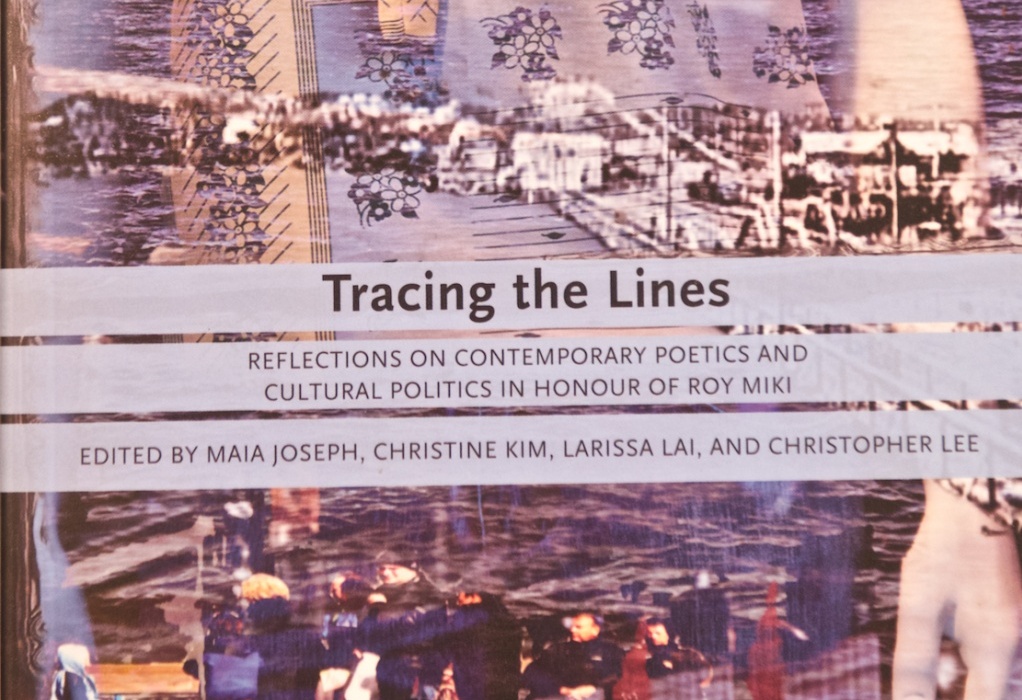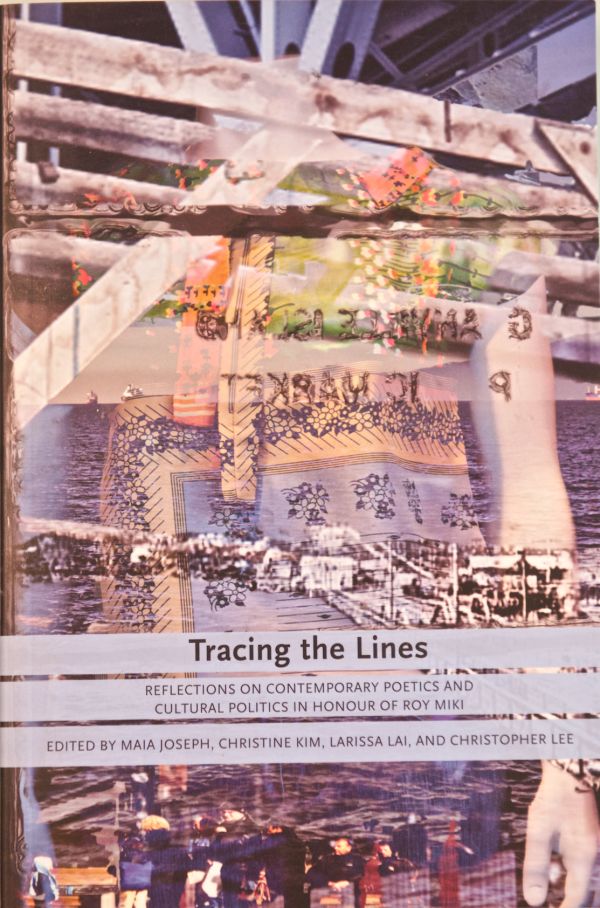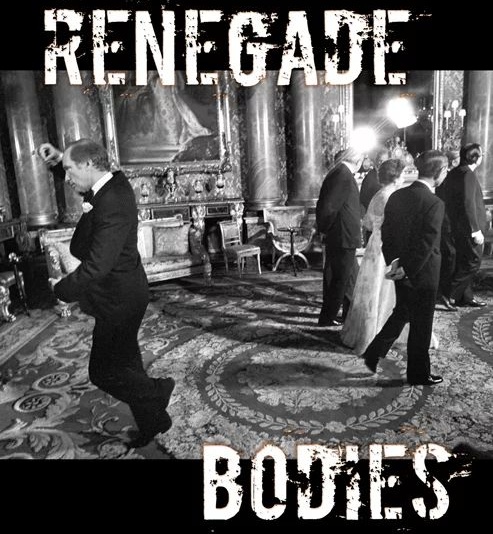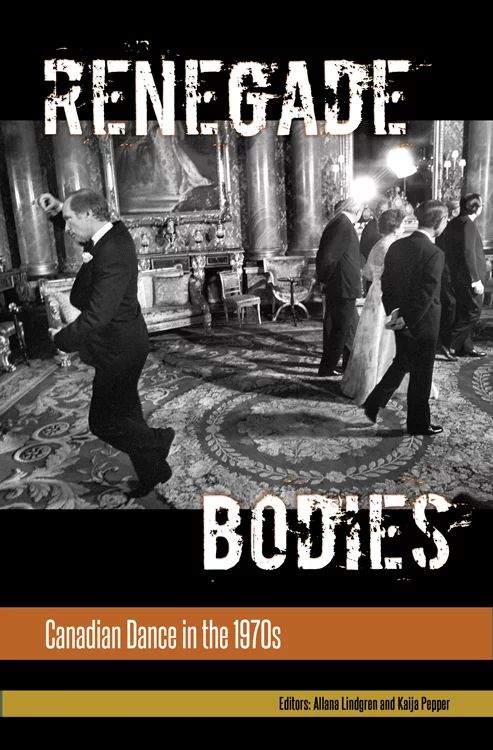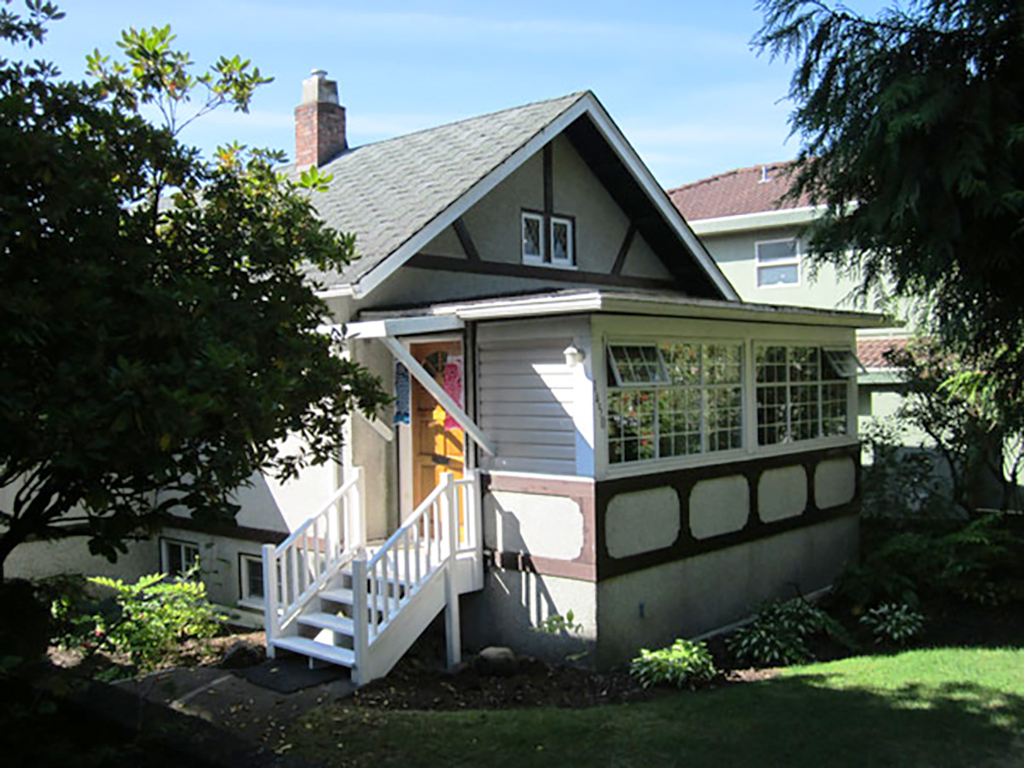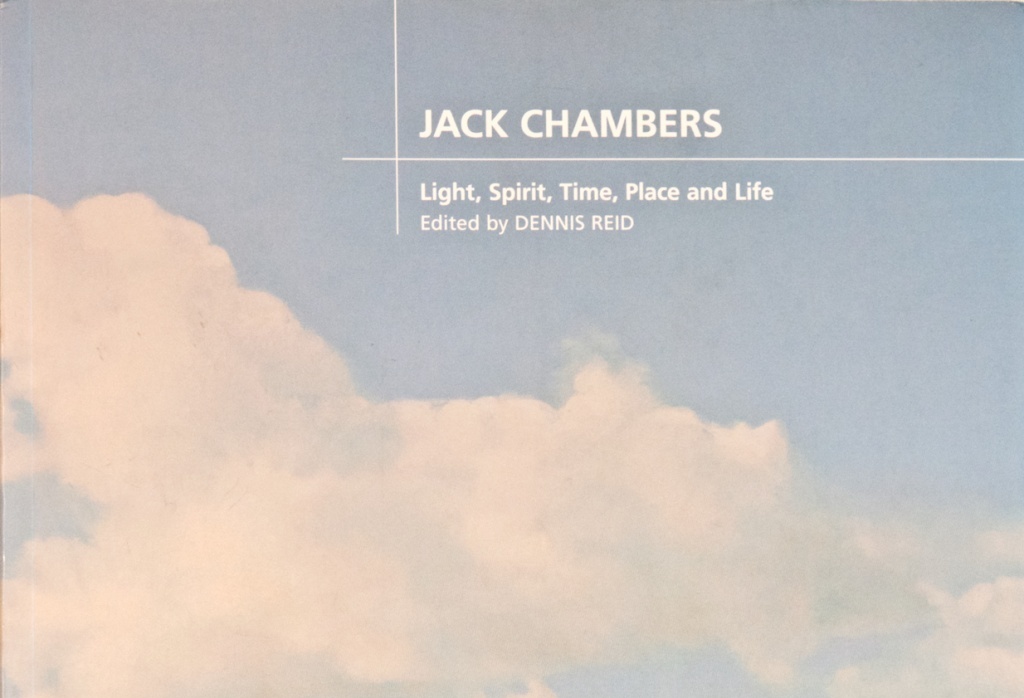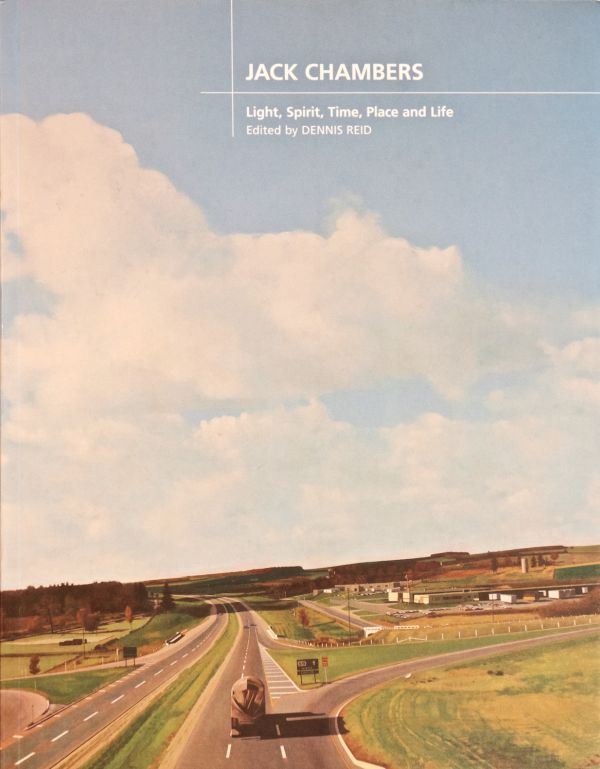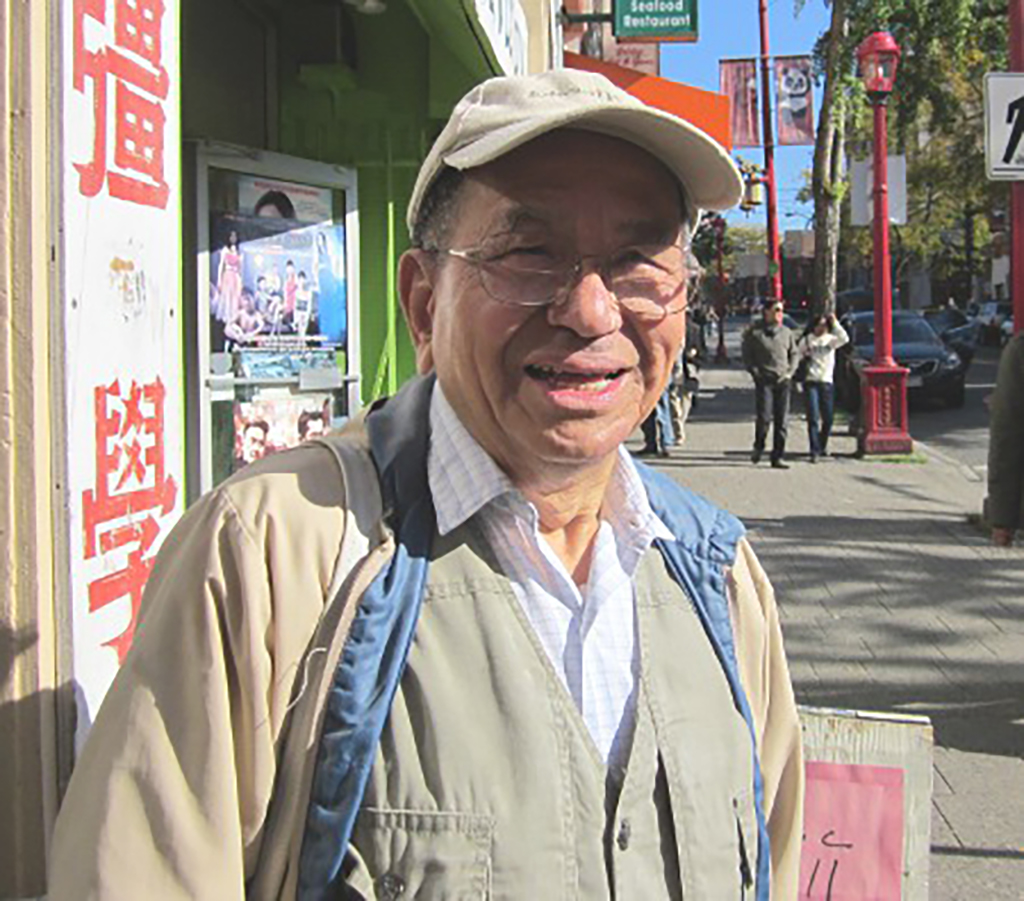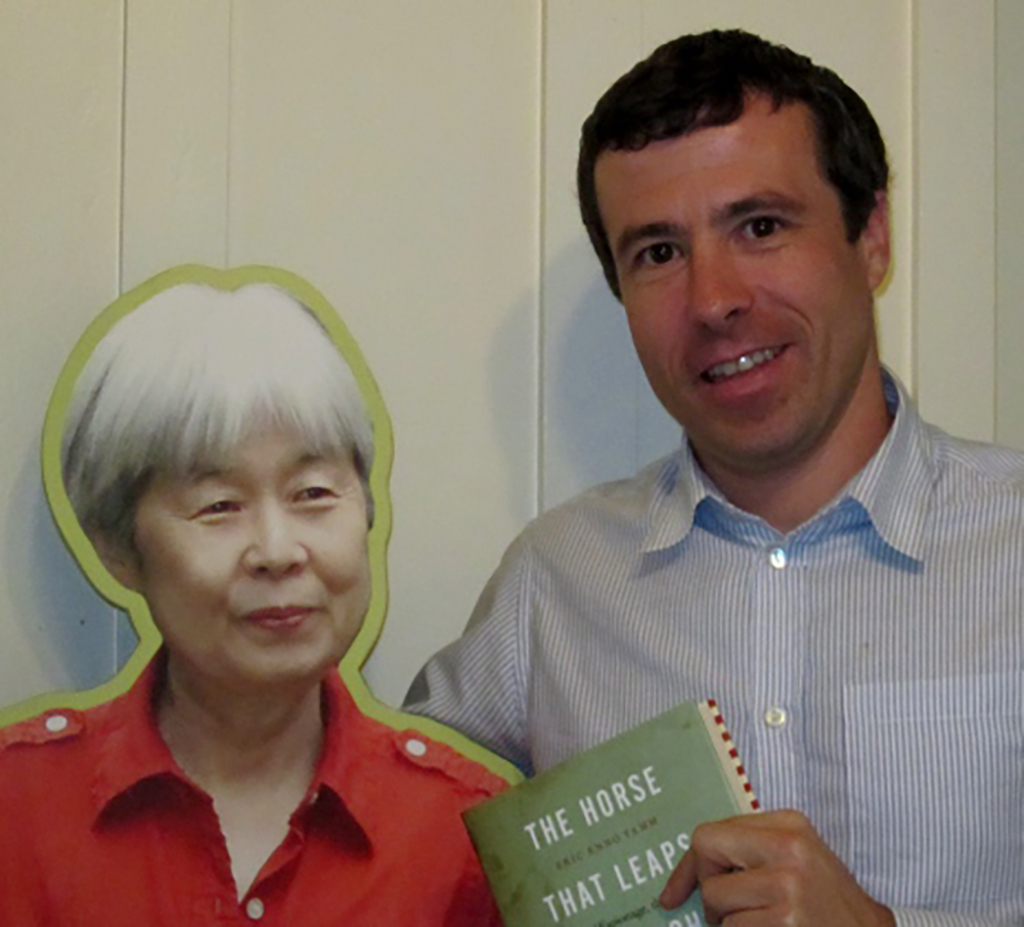People who survive a brush with death often say it changed their lives, that the experience gave them something they’d not want to have missed. Or as Laurie puts it, it knocks the bullshit out of you. That’s true. You do tend to look at life differently afterwards, and it does tend to prompt questions about what matters and what doesn’t.
I was twenty-one when I first danced with death. That time, I actually understood I was in mortal danger before any doctors were consulted. This time, though I’ve been living with this body for a lot longer, I wasn’t so hip. Perhaps threats to the knee aren’t so obviously calamitous as threats to the lungs? This time I was in greater and more imminent danger, yet it didn’t occur to me until I was about to go in for the second operation that perhaps I should have taken care of a few things. When was the last time I looked at my will? On neither occasion did I really fathom the idea I might not recover.
The part about experiencing things you’d not have otherwise, about being glad for the illness or accident is a cliché. And I’m almost embarrassed to go there. Yet there is truth to it. I was overwhelmed by the response of my extended family in BC, of the people caring for me in the hospital, and the troops who called in regularly. People found amazing ways to be with me, to help me sort through what was happening. Being dropped into another narrative brings the challenge of negotiating that world for a while. And that includes your involuntary responses and the emotions that come with them. Eventually, there’s the job of picking-up where you left your own narrative off, noting how things have altered in your absence.
I spent a good deal of time feeling I was in some kind of state of grace. Hell, when I called Sympatico after the astronomic cellphone bill for July came in, even they offered a reduction. But I’ll not try telling you I appreciate getting sick. I found astonishing things happened, sure; and I know I was extremely lucky. I also know I was not in control. Other forces were directing things, and I found that remarkably reassuring. Even liberating.
In the end, it was not my life that profoundly changed; it was me. Six months on, I am back in Toronto walking with ease though still unable to run to catch the streetcar. I continue work with my osteopath and have returned to my usual pattern of writing and activism with a renewed sense of community and connection. For the lasting part of the whole mess came as a result of my reaching out to friends. My infected knee was nothing less than an unbidden opportunity to renew and deepen friendships.
Something I’d not done in a Blue Moon.
